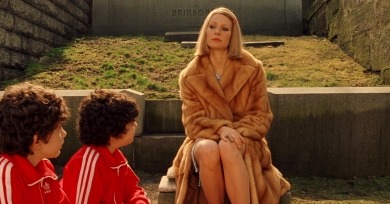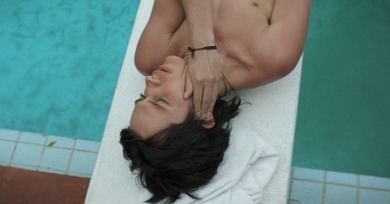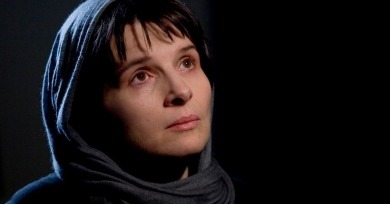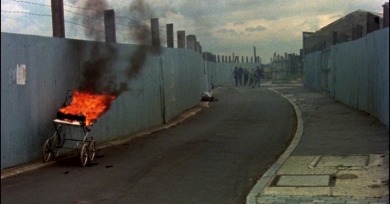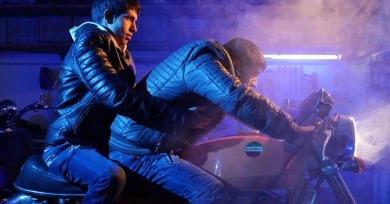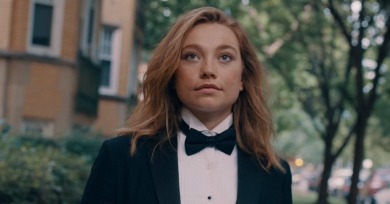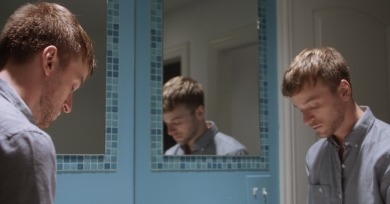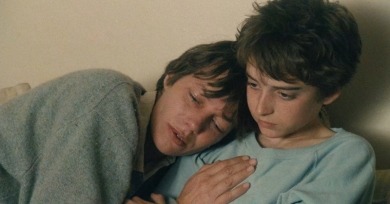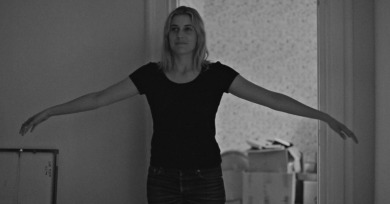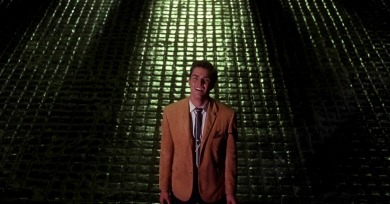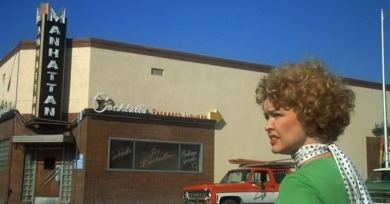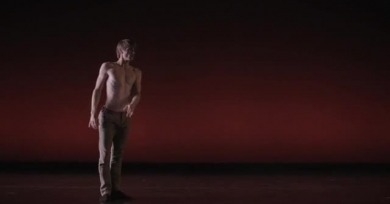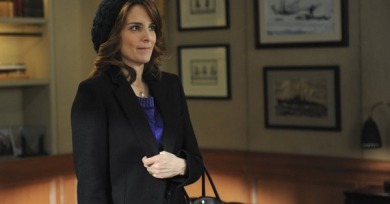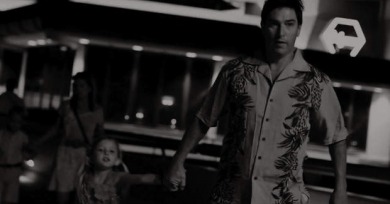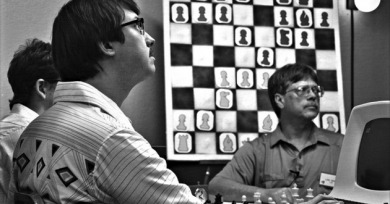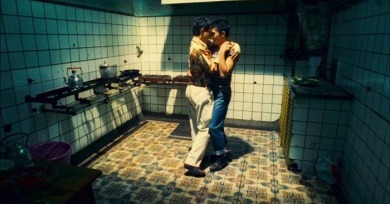Matt Connolly
If the film had a low impact on me as an aesthetic experience, the act of reviewing Kaboom looms surprisingly large in my self-understanding as a “gay film critic,” a term that Robin Wood defined and dissected in his seminal 1978 Film Comment essay, “Responsibilities of a Gay Film Critic.”
Literally attaching a prop to a character’s hand implies a directorial desire to micromanage the appearance and movement of his actors, yet Paltrow in The Royal Tenenbaums offers a rich example of how Anderson’s control-freak aesthetic paradoxically works best when inhabited by strong, idiosyncratic performers.
The sex in Y tu mamá también is randy, fluid, and enticing; it’s also sloppy, artless, and shot through with complex emotional undertones. Under the camera’s watchful eye, the trio bares all in ways they both longed for and hardly anticipated.
To disregard the specificity of Binoche’s presence is both to downplay the career shifts that a film like Shirin represented for her in the mid-2000s and to ignore how even the most conscientious of Western cinephiles bring culturally specific baggage and blind spots to the global cinema we so eagerly consume
The tonal, visual, and thematic contrasts between these two masters of British filmmaking all seem to converge around their seemingly diametric views of mother England: a sober bulwark of civilization for Jennings; a largely hollowed-out husk for Jarman.
A casual approach to queer sexuality, a presiding interest in the displaced self, a protean yet unshowy approach to film style: such qualities preclude the sort of press-release-ready bromides that accompany more commercially successful filmmakers of his generation.
For Cone, queerness is less about the polemical assertion of identity than about recognizing the endless flux of experience and desire that renders labels and classifications at best arbitrary and at worst stultifying. It is a kind of queer humanism.
Filmmaker Stephen Cone’s empathetic fable represents a quiet rejection of all that’s contained in the Muslim Ban, or, Protecting the Nation from Foreign Terrorist Entry into the United States.
What drives her captivation with Julien? Based on a story suggested by Birkin herself, the screenplay by Varda offers a multitude of answers, each inchoate and interconnected.
If the attempts in both to navigate the interstices between public enlightenment and mass entertainment prove mixed, they also point to their inevitable imbrication.
Reframing Frances Ha as a Greta Gerwig film allows us to flip this script and begin to think about how her sensibility, biography, and tangible screen presence work in a way that is undoubtedly amplified and complicated by Baumbach’s contributions, but ultimately can be understood on their own terms.
Directors Robert Wise and Jerome Robbins (who translated his original stage choreography to the screen) fill their 70mm frame with ecstatic movement, operatic emotion, and brilliant color: it’s a dazzling Hollywood spectacle yet it still retains a remarkable delicacy and texture.
We know objectively that anyone could leave at any time, and yet they remain within these increasingly claustrophobic confines, watching and waiting for the next drip of candle wax or hit of amyl nitrate to launch them further down the rabbit hole. Then again, so do we.
Female experience is a fraught and contradictory thing in Alice, established within a matrix of domestic responsibilities, culturally influenced fantasies, and conflicting social expectations regarding the proper relationship between a woman’s desires and duties.
If Test feels like something of a minor-key revelation, it is in part because it attempts to locate the rhythms of commonplace existence at a time when each instant was imbued with almost existential uncertainty.
Mean Girls and 30 Rock clearly spring from the same comic worldview: a stylized yet curiously relatable carnival of spring-loaded insults, curveball cultural references, and moments of genuine empathetic connection self-consciously undercut by absurdism.
Escape from Tomorrow cannot seem to decide whether it wants to satirize its protagonist’s midlife-crisis buffoonery or position his erratic behavior as somehow symptomatic of an amorphous psychic malaise within the park itself.
After charting the romantic fumbling and interpersonal short-circuiting amongst the post-college set with exceeding subtlety, there’s something undeniably exciting about watching the filmmaker slip out of low-budget naturalism and embrace a wonky side little seen in his previous work.
Do the queer romances at the film’s center become one-to-one matches for their straight counterparts elsewhere in Wong’s oeuvre, or does this brief encounter between recognizable directorial vision and atypical topic tweak the inner workings of Wong’s style?
The free-wheeling nature of Dolan’s aesthetic can result in some dubious decisions, but I’ll take the risks of his throw-it-against-the-wall-and-see-if-it-sticks instincts over the dubious “restraint” seen in too many contemporary films chronicling LGBT experience.

